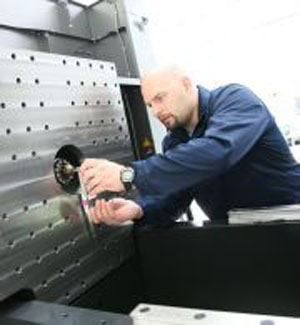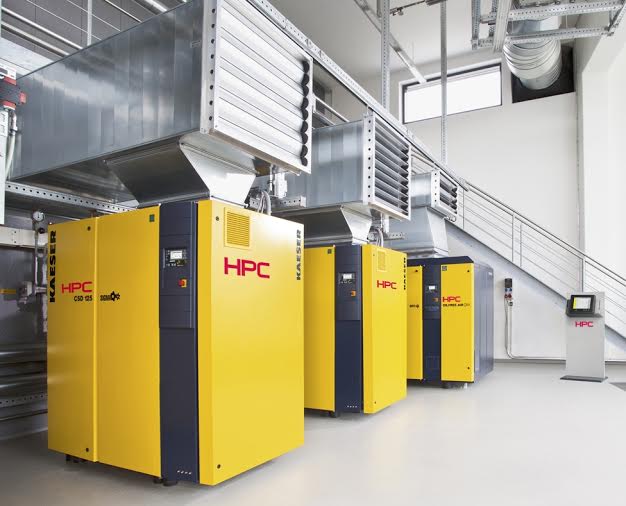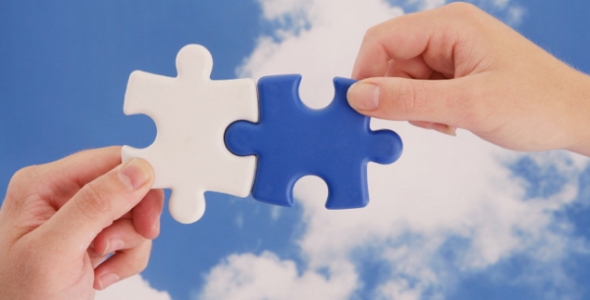Visiting the dump may not be high on your list of priorities this weekend, but maybe it should be. That’s because this Saturday will be a
celebration of everything that the Monterey Regional Waste Management District does — which is not just waste disposal, but a wide range of programs that help residents reuse, recycle, and learn to love the Earth.
MRWMD will host an open house for its 60 years of service that includes tours of many of the different facets of its facility north of Marina.
Just to give you an idea of how things have changed in the waste disposal game, it was not all that long ago that trash was burned at the former Roberts dump in Sand City, and some residents simply dumped their garbage into the ocean.
These days, more and more waste is diverted from the landfill — to be recycled or repurposed — and although 20 years ago it was predicted that the Marina landfill would only have space enough for 40 years, now it’s thought there’s enough capacity for 150 years, said MRWMD general manager William M. Merry.
“It tells you we’ve made incredible strides in reducing waste,” said Merry.
Sixty years ago, the first steps were taken toward finding a new disposal site to serve the Monterey Peninsula. The Marina disposal site began operation in 1965.
Today, the MRWMD is much more than just a landfill and facility to handle household waste. Its innovative programs include a plant that converts methane gas from the
landfill to electricity, as well as a popular thrift store, an educational garden that shows thousands of schoolchildren the benefits of helping the Earth, and facilities to recycle everything from concrete and drywall to food waste from restaurants.
Although people think of MRWMD as being “the dump” or “the landfill,” there’s actually much more to it than that, as Saturday’s tours will show. Bus tours will depart each half hour to show visitors the different parts of the property and what’s going on in much of it, and there will be walking tours as well.
Many of the programs began during the 1980s, such as the 5-megawatt landfill gas-to-energy project, which generates more than 38 million kilowatt hours of electricity annually, and the Last Chance Mercantile, which resells usable items donated by the public.
But as Merry points out, recycling has been part of MRWMD’s mission even before the practice was fashionable. Cardboard has been salvaged from Peninsula garbage since 1953, and curbside recycling began in the mid-1970s, when special trucks with separate compartments for newspaper, aluminum and glass picked up these items.
The landfill itself comprises about 100 acres of the MRWMD property. One of the unusual aspects of it is what the district has done to cut down on seagulls eating garbage, something that could injure the birds if they eat the wrong item. (Seagulls have always been attracted to the landfill; in fact, parts of the film “Jonathan Livingston Seagull” were filmed there in 1972.)
A method to combat this problem during the past year has been an unusual one. A falconer has been working there, flying falcons and hawks to discourage gulls from hanging around the landfill, a strategy that has cut down considerably on the gulls’ numbers. The birds of prey don’t attack the gulls, but serve as a threat to drive them away from the landfill and hopefully toward healthier eating habits.
On Saturday, people will have the opportunity to see the birds and talk to falconer Leo Vasquez, and a number of other demonstrations and exhibits will also be going on during the hours of the open house. Music, sales at the Last Chance Mercantile, and a “Zero Waste Café” will also be available.
And even though much has been done to recycle and divert waste, there is still more to accomplish, Merry said. Plastics are becoming a major issue in recycling circles, with some cities banning the use of single-use plastic bags, and cities on the Monterey Peninsula now considering it.
Looking out over the landfill, Merry points out the heaps of plastic and plastic bags that are being buried there every day. The problem with plastic is that it takes a very long time to break down in the environment, and often makes its way into the oceans, where it poses a hazard to sea life — animals eat it and get ill and die, or get caught in it and become disabled.
“All of us who live on the coast have an obligation to do better,” said Merry.
And so there is much to be done in cutting down the waste stream. Merry’s hope is to be able to recycle more from apartment buildings and businesses; new legislation has also mandated a 75percent diversion of all waste by 2020.
Right now, a 50percent diversion is required; the Peninsula’s rate of compliance is at 60 to 70percent, Merry said, “but we have to do more.”
A new addition to MRWMD is a buy-back center for plastic, glass and aluminum beverage containers; it’s behind the Last Chance Mercantile. Also going well is the electronic waste recycling program, in which items can be dropped off by the public at no charge. Computers, printers, keyboard and more then go to a Hayward company, which dismantles the machines in order to takes out metals and other bits that can be recycled.
“This is how we close the loop locally,” said Merry.
MRWMD also contracts with local businesses to handle composting, drywall and concrete reclamation. The newest type of composting is for food waste from restaurants and supermarkets; some 400 tons a month is coming in. Once composted, it’s being sold back to wine grape growers for use in their fields, according to Jeff Lindenthal, MRMWD public education and recycling manager.
Drywall from construction projects is broken down for its gypsum, a soil conditioner, which is also sold to farmers and agriculture concerns.
And education is also a large part of MRWMD’s mission these days. At its Small Planet teaching garden, school children get to see how worms make compost and what a zero-waste lunch means; composting workshops are held on a regular basis at MRWMD and bins are available for sale inside the Last Chance Mercantile.
MRWMD staff also participate in community events to spread the word about recycling and reusing, and local artists get into the act by creating sculptures from discarded materials and displaying these artworks on the MRWMD grounds.
Even social media is being used to spread the word. MRWMD has a Facebook page, and so does the Last Chance Mercantile, where shoppers often crow about their finds and share repurposing ideas.
The dump has come a long way from what it was in past decades, and will continue to evolve as time goes on, as this Saturday’s open house will show.
“It’s an opportunity to reflect on where we were 60 years ago, and where we will be 50 years from now,” said Merry.
Source : www.montereyherald.com





